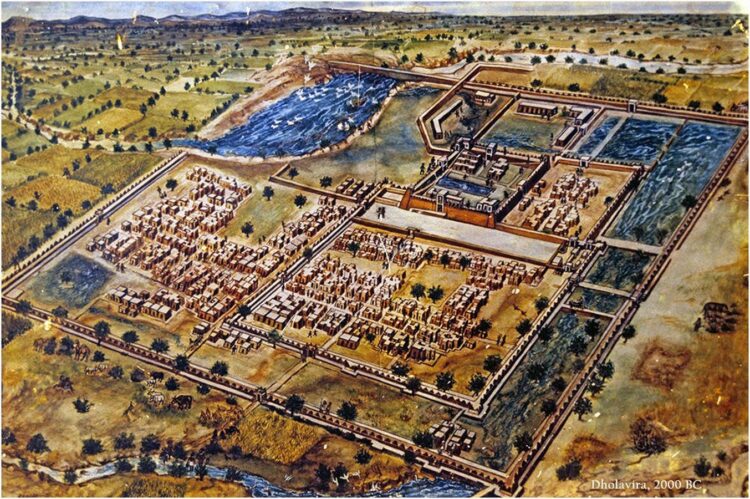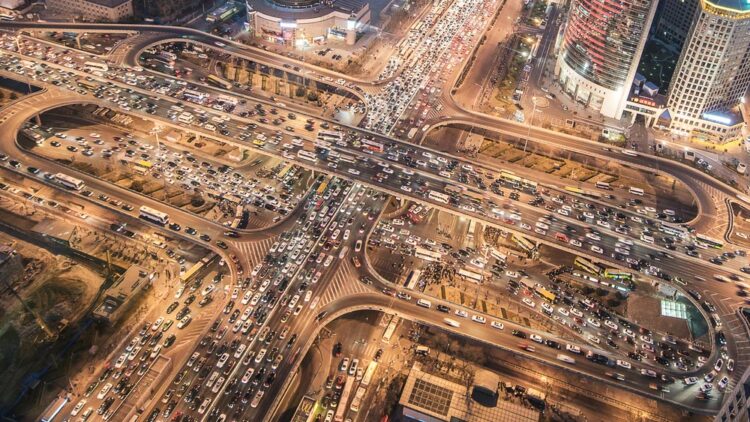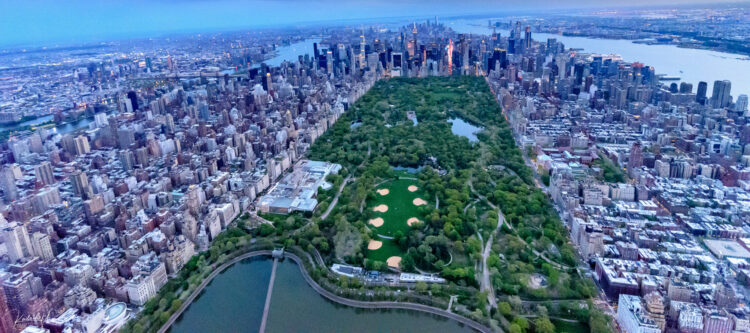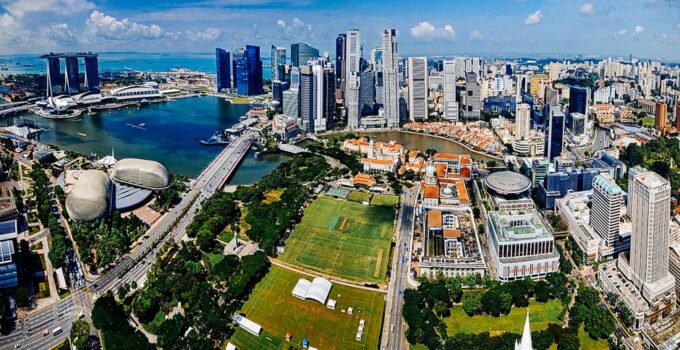In an era of rapid urbanization and technological advancements, big cities around the world find themselves at a pivotal moment in history. The demands of growing populations, changing environmental conditions and evolving socioeconomic needs have prompted these urban giants to embark on a transformative journey of reinventing their infrastructure. As the backbone of urban development, infrastructure plays a crucial role in shaping the trajectory of cities, and its adaptation to the challenges of the present and future is essential.
Page Contents [show]
The origins of Urban Planning

Source: re-thinkingthefuture.com
To understand the significance of this ongoing transformation better, we must delve into the history of urban planning. From the ancient cities of Mesopotamia to the sprawling metropolises of the modern era, urban planning has been a fundamental aspect of human civilization. The earliest settlements emerged as organized communities where basic infrastructure, such as roads, water systems and public spaces, laid the foundation for human habitation. As cities grew, so did the complexity of their infrastructure networks, and with it, the need for efficient management and design.
The Industrial Revolution in the 18th and 19th centuries marked a turning point in urban development. The advent of new technologies, including steam power, mechanization and mass production, brought forth unprecedented urban growth and presented challenges that urban planners had never encountered before. The rise of factories and the influx of rural migrants into cities resulted in overcrowding, poor living conditions and environmental degradation. Faced with these issues, urban planners began to envision comprehensive city plans that aimed to improve public health, sanitation, and transportation.
In the 20th century, the concept of modern urban planning gained prominence, driven by the need to address the social and environmental consequences of industrialization. Visionaries such as Ebenezer Howard, Le Corbusier and Jane Jacobs put forward diverse theories and approaches to urban planning, each offering unique perspectives on how cities should be designed and organized. From Howard’s Garden City concept to Le Corbusier’s vision of the Radiant City, these ideas shaped the development of cities across the globe, often reflecting the prevailing social and political ideologies of the time.
Where we are today
As the 21st century unfolded new challenges emerged, necessitating a reevaluation of traditional urban planning practices. The rapid growth of megacities, increased awareness of environmental sustainability and the advent of the digital age have reshaped the way we perceive and interact with our urban environments. Cities are now grappling with issues such as climate change, social inequality, congestion and aging infrastructure. In response, a new wave of urban planning is underway—one that embraces innovation, resilience and adaptability.
Today, big cities are at the forefront of reinventing their infrastructure to meet the demands of the future. They are leveraging emerging technologies, data-driven approaches and participatory design to create sustainable and livable environments for their residents. From the integration of smart technologies to improve mobility and energy efficiency, to the revitalization of public spaces that foster community engagement, cities are reimagining their infrastructure as dynamic systems that respond to the needs and aspirations of their inhabitants.
The journey to build for the future is just beginning, and the efforts of big cities to reinvent their infrastructure will shape the urban landscape for generations to come. By embracing the possibilities brought forth by technology, sustainability and community engagement, the cities are paving the way for a more resilient, equitable and prosperous future.
The key elements of big city infrastructure

Source: theonebrief.com
Transportation: beyond roads and rails
As big cities continue to expand, transportation infrastructure plays a crucial role in facilitating the movement of people and goods. Traditional road and rail networks are being complemented by innovative solutions such as smart traffic management systems, autonomous vehicles and bike-sharing programs. These advancements aim to enhance efficiency, reduce congestion and create sustainable modes of transportation that meet the needs of a rapidly evolving urban landscape.
Power distribution centers: empowering the Metropolis
At the heart of any big city’s infrastructure lies its power distribution centers. These centers ensure a reliable supply of electricity to the bustling urban landscape. Aging power grids in the modern day present challenges that must be overcome. To address these challenges, cities are embracing modernization through innovative solutions such as smart grids, microgrids and energy storage systems.
Smart city solutions: harnessing technology for efficiency
The integration of technology has become a key driver of urban infrastructure transformation. Smart city initiatives leverage the power of data and connectivity to optimize resource allocation, improve service delivery, and enhance quality of life for residents. From smart grids that enable efficient energy distribution to IoT sensors that monitor waste management systems, cities are harnessing technology to create efficient and sustainable urban environments.
Smart grids, equipped with advanced sensors and monitoring technologies, offer real-time data and analytics that optimize power distribution, reduce wastage, and enhance energy efficiency. Microgrids, on the other hand, provide localized power generation and distribution, ensuring a reliable energy supply, especially during emergencies or when the main grid faces disruptions. Energy storage systems, such as advanced batteries, enable cities to store excess energy for later use, balancing demand and supply more effectively.
Sustainable urban development: greening the concrete jungle

Source: commons.wikimedia.org
In the face of climate change and environmental concerns, big cities are embracing sustainable infrastructure solutions. Renewable energy initiatives, green building designs and innovative waste management systems are shaping the urban landscape. These initiatives not only reduce the carbon footprint of cities, but also create healthier and more livable environments for residents. By prioritizing sustainability, cities are paving the way for a greener and more resilient future.
Resilient infrastructure: preparing for climate change and disasters
With the increasing frequency and intensity of climate change-related events and natural disasters, resilient infrastructure is critical for cities. Flood mitigation systems, earthquake-resistant buildings and adaptive infrastructure are becoming the norm to ensure cities can withstand and recover from shocks. By integrating resilience into their infrastructure planning, cities are proactively preparing for an uncertain future and safeguarding their residents and assets.
Final words
As big cities continue to evolve, their infrastructure must adapt to meet the challenges and opportunities of the future. From transportation advancements to sustainable initiatives, cities are laying the groundwork for a more efficient, connected and resilient urban landscape. By embracing technological innovations, sustainable practices, and resilient designs, cities are not only building for the future, but also transforming the way we live, work and thrive in urban environments.





